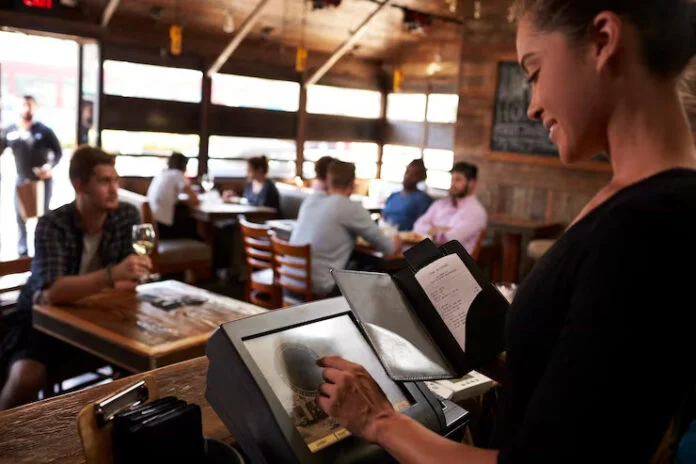Running a restaurant is a thrilling endeavor, but it comes with unique challenges, especially when it comes to managing operations efficiently. With the advent of restaurant software, restaurant owners can now streamline various processes, improve customer experiences, and boost profitability. In this blog, we will delve into the myriad benefits of restaurant software, exploring its key features and how it revolutionizes the way modern eateries operate. Discover how embracing technology can help your restaurant thrive in today’s competitive market.Restaurant software offers a wide range of benefits for restaurant owners and operators, enhancing overall efficiency and customer satisfaction. Here are ten key benefits of implementing restaurant software:
- Streamlined Ordering and POS Management: Restaurant software facilitates seamless order processing and management through integrated POS systems. This enables staff to take orders accurately and quickly, reducing errors and enhancing order accuracy.
- Efficient Table Reservations and Waitlist Management: The software allows for easy table reservations and waitlist management, optimizing table assignments during peak hours and reducing customer wait times.
- Real-time Inventory Management: Restaurant software offers real-time inventory tracking, helping restaurants maintain optimal stock levels and reducing wastage of ingredients.
- Enhanced Customer Relationship Management (CRM): CRM features in the software capture customer data, preferences, and dining history, enabling personalized experiences, targeted promotions, and loyalty rewards.
- Integrated Payment Processing: Restaurant software integrates seamlessly with various payment methods, streamlining payment processing, and enhancing security for customers.
- Advanced Reporting and Analytics: The software provides detailed reports and analytics on sales, revenue trends, customer behavior, and menu performance, enabling data-driven decision-making.
- Improved Staff Management: Restaurant software simplifies staff scheduling, time tracking, and performance evaluation, optimizing employee management and reducing administrative burden.
- Tableside Ordering and Self-Service Options: With tableside ordering and self-service features, restaurants can offer more interactive and convenient dining experiences, increasing customer satisfaction.
- Increased Efficiency and Productivity: By automating various tasks and streamlining processes, restaurant software enhances overall efficiency and productivity, allowing staff to focus on providing excellent customer service.
- Competitive Advantage: Implementing restaurant software provides a competitive advantage in the industry. With optimized operations, personalized experiences, and efficient management, restaurants can stand out in a crowded market and attract more customers.

